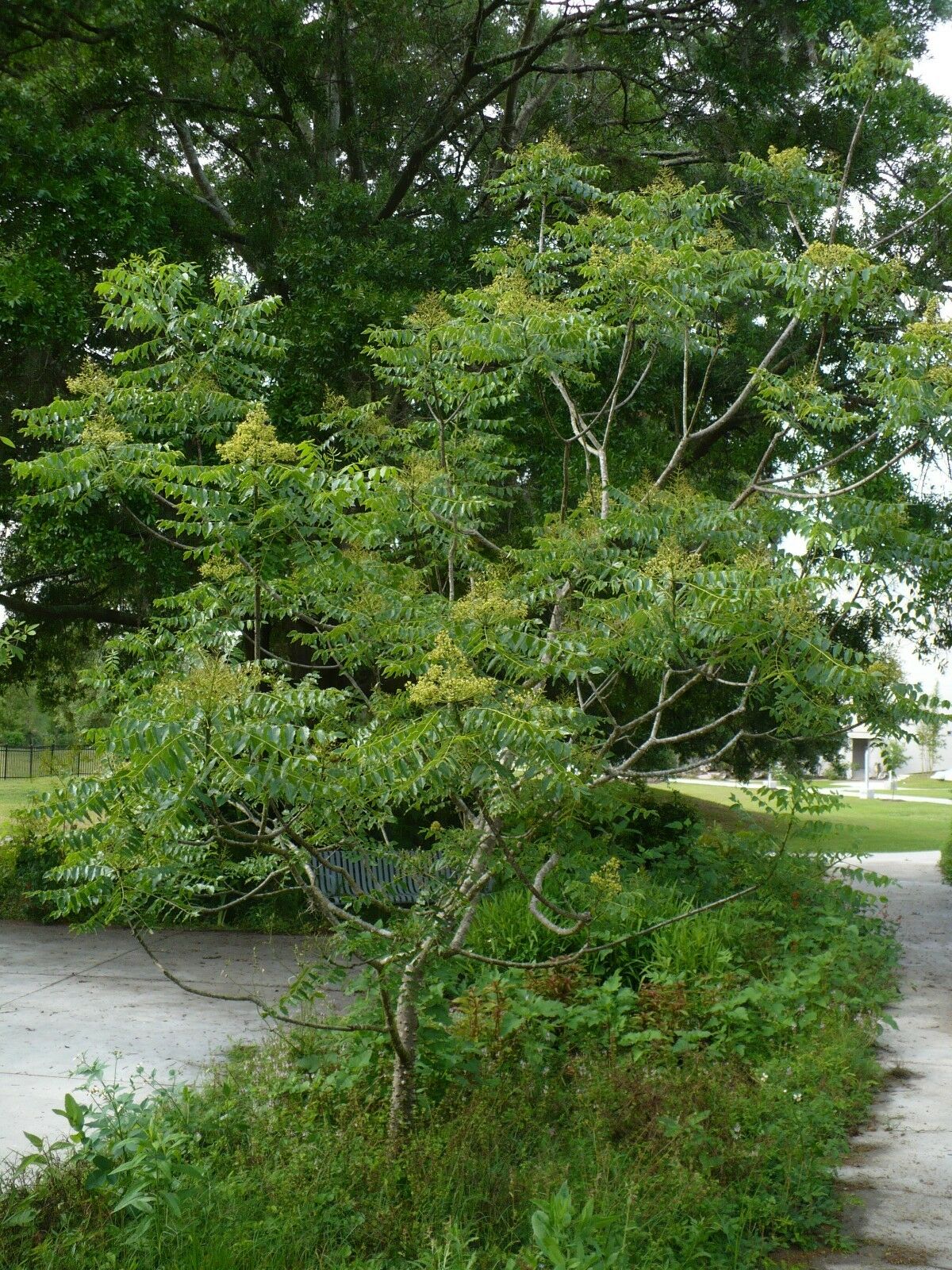Floridaseeds
Hercules' Club Zanthoxylum clava-herculis 100 Seeds
Hercules' Club Zanthoxylum clava-herculis 100 Seeds
Couldn't load pickup availability
Zanthoxylum clava-herculis, commonly known as hercules-club, southern prickly ash, toothache tree, pepperbark or tingle tongue, is a small, spiny, often thicket-forming, gray-barked, small deciduous tree of the southeastern U.S. It typically grows to 25-30’ (rarely to 50’) tall, but often matures to a much shorter height as a large shrub. It is noted for its spiny trunk and branches plus its leathery compound leaves. It is primarily native to the coastal plains of the Atlantic Ocean and Gulf of Mexico from southern Virginia to mid-Florida west to Texas, often being found in sandy soils on river banks, island bluffs or dunes. Pinnate compound leaves (each to 5-8” long) have 7-9 (19) hairless, crudely toothed and lopsided leaflets which are shiny green above and dull green beneath. Small pale green to greenish yellow to almost white flowers bloom in elongated clusters in April-May. Flowers are followed by red seed pods which appear only on female trees. Leaves, bark and flowers are aromatic when cut or bruised.
Common name of southern prickly ash is in reference to the resemblance of this tree, particularly the foliage, to an ash tree with prickles. It is not an ash, however, but a member of the citrus family (Rutaceae) and is closely related to the also spiny Poncirus trifoliate (hardy orange). Native Americans and early settlers reportedly chewed the bark and leaves of this tree as a toothache remedy (oils produce a tingling/numbing sensation in the mouth), hence the additional common names of toothache tree, tingle tongue and pepperbark.
Materials
Materials
Shipping & Returns
Shipping & Returns
Dimensions
Dimensions
Care Instructions
Care Instructions
Share


















